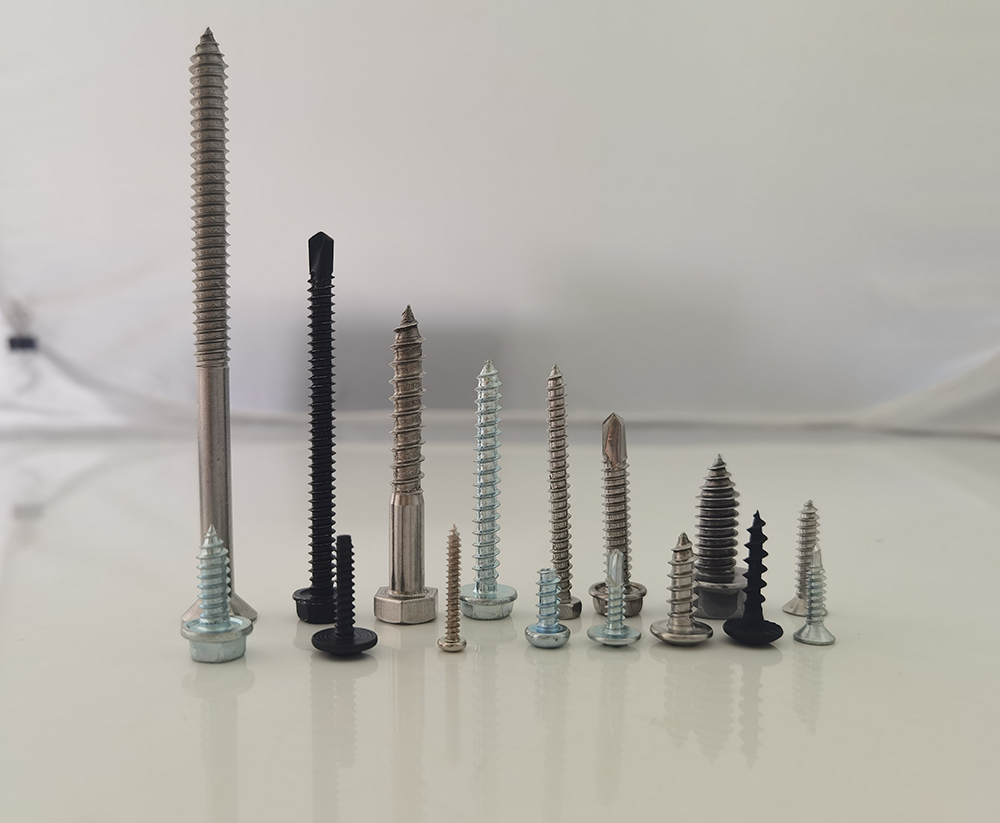China's high-quality wood coatings mainly consist of polyurethane (PU) and polyester (PE) paints. These two types differ significantly in terms of composition, performance, application, and curing mechanisms. Understanding the differences between them can help you choose the right product for your project.
1. Base Materials: Polyester paint (PE) is made from unsaturated polyester and a cross-linking monomer. Polyurethane paint (PU), on the Other hand, contains components like polyester, acrylic resin, polyether, and epoxy resin with hydroxyl groups (often called component B). It also includes a prepolymer or adduct containing isocyanate groups (NCO).
2. Number of Components: PE typically has 3-4 components, including a styrene solution, an initiator, an accelerator, and sometimes a wax solution. PU, however, is usually one to three components, with two-component systems being common. The general mixing ratio is main agent : hardener : thinner = 1:0.5–1:0.5–1.5.
3. Classification: PE comes in gas-dissolved and anaerobic types, as well as wax and non-wax variants. PU is divided into single-component and two-component systems, with two-component urethane being the most popular in the market.
4. Solvents: PE uses solvents like styrene, while PU relies on anhydrous xylene, cyclohexanone, or butyl acetate.
5. Solid Content: PE has nearly 100% solid content, making it more environmentally friendly. PU, however, has 40–70% solids, meaning it contains more volatile organic compounds (VOCs).
6. Working Time: PE has a shorter working time of 15–20 minutes, whereas PU lasts 4–8 hours, giving more flexibility during application.
7. Curing Mechanism: PE typically requires oxygen for curing, while newer air-drying PE does not. PU cures through addition polymerization, either at room temperature or slightly elevated temperatures.
8. Health and Safety: PE is solvent-free, making it safer for indoor use. PU, being solvent-based, releases VOCs and requires proper ventilation due to its toxicity and flammability.
9. Drying Time: PE takes longer to fully dry, up to 24 hours, while PU dries faster, often within 24 hours.
10. Recoat Interval: Both PE and PU allow for wet-on-wet application, but the drying times vary depending on the type of paint used.
11. Performance: Both paints offer excellent physical and chemical properties, but PE is known for its solvent-free benefits, while PU provides versatility and ease of use.
It’s worth noting that many products labeled as "polyester paint" on the market are actually polyurethane paints. They are typically two-component systems, consisting of a base paint and a hardener. When mixed with a thinner, they are easy to apply and suitable for home projects. To distinguish between the two, check the number of components—PE is usually more complex, while PU is simpler and more widely used in small-scale applications.
When choosing a diluent, you can use a mix of cyclohexanone, butyl acetate, and xylene. Alternatively, xylene alone or even acetone can be used, with a typical dilution ratio of 1:1.5. However, some products may suggest different ratios, such as 1:2 or even 1:4, depending on the desired consistency.
Understanding these differences will help you make informed decisions when selecting the right coating for your needs, whether for furniture, flooring, or decorative finishes.
A Stud is a type of fastener that has no head, but only external threads on both ends. When connecting, one end of it must be screwed into the part with internal threaded hole, the other end through the part with a through hole, and then screwed on the nut, even if the two parts are fastened into a whole. This type of connection is called a stud connection and is also a removable connection. It is mainly used in cases where one of the connected parts has a large thickness, requires a compact structure, or is not suitable for bolting because of frequent disassembly.

Timberlok Screws,Pan Head Wood Screws ,Metric Set Screws,Hex Head Set Screw
Kunshan Zhonggu Precision Hardware Co., Ltd. , https://www.zgfastener.com
